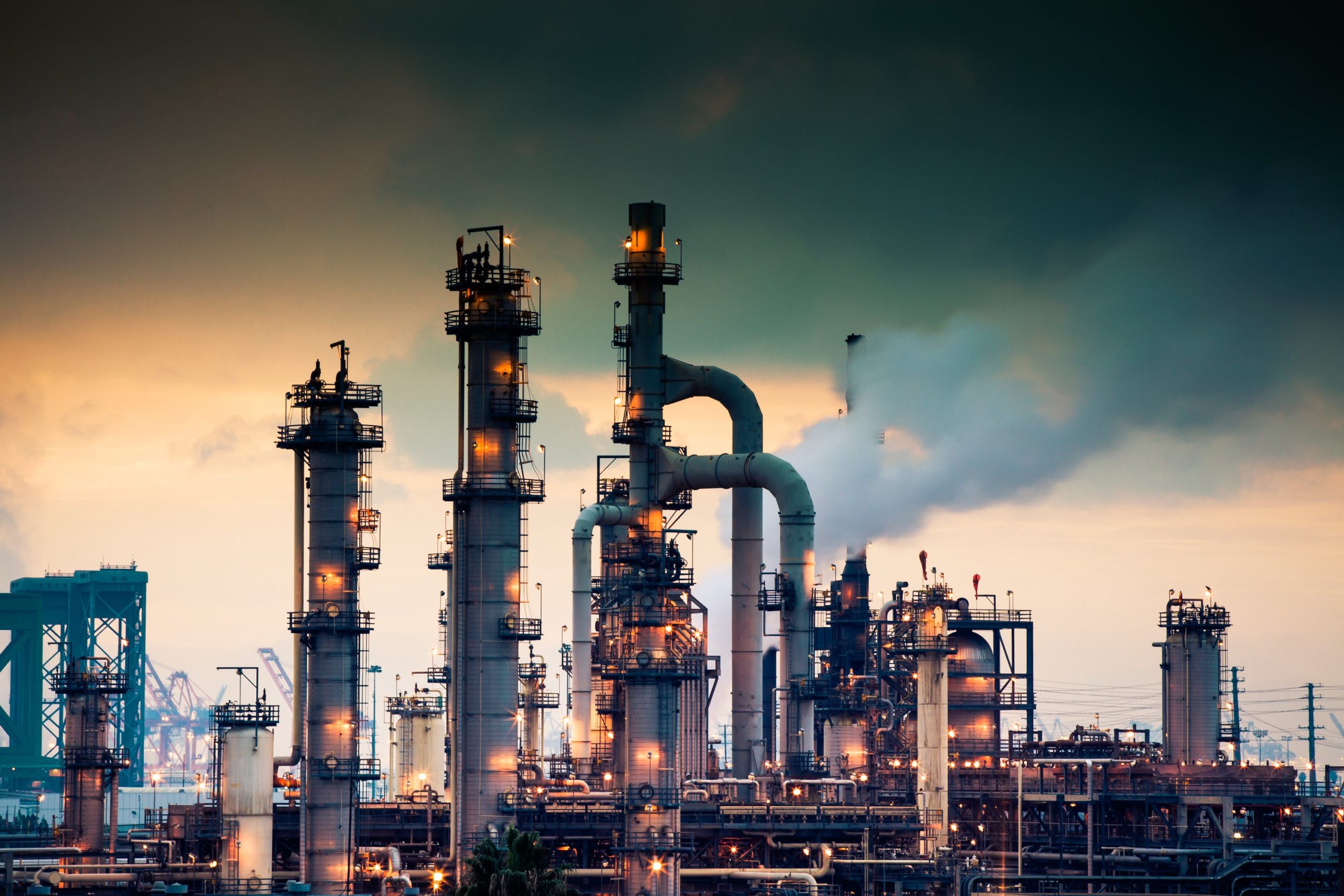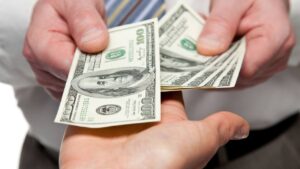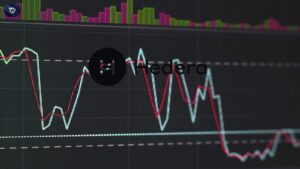https://www.scientificamerican.com/article/carbon-dividends-a-win-win-for-people-and-for-the-climate/
The easiest place to implement an economy-wide carbon price is where corporations bring fossil fuels into the economy. At tanker ports, pipeline terminals and coal-mine heads, the companies would pay for every ton of carbon dioxide that is emitted when the fuel is burned. This becomes part of the cost of doing business, passed on in the prices paid by consumers. Those who consume more pay more; those who consume less pay less. Dividends recycle the revenue in equal payments to every resident, much like stimulus checks during the COVID pandemic. Most households would get more in dividends than they pay in higher fuel prices. The most affluent—who consume more of just about everything, including fossil fuels—would pay more, but they can afford it.
How it works can be illustrated by a parking-lot analogy. Imagine that 1,000 people are employed in an office building whose lot has space for only 300 automobiles. If everyone can park for free, the result is excess demand and congestion. To avoid this, a fee is charged to limit demand to the lot’s capacity. Each month the revenue from the parking fees is distributed in equal payments to everyone who works in the building. Those who travel to work by public transport or bicycle come out well ahead: they pay nothing to park and still get their share of the revenue. Those who carpool more-or-less break even. And those who commute daily in a single-occupancy vehicle pay more than they get back. Dividends apply the same logic to parking carbon in the atmosphere.
The Green New Deal aims to curtail carbon emissions by investing in clean energy infrastructure and energy efficiency. Electrification of vehicles, building retrofits and similar measures will trim demand for fossil fuels. But there is no guarantee that the proposed investments will do enough to stave off destabilization of the Earth’s climate. To limit the rise in average surface temperatures to 1.5–2 degrees Celsius above the preindustrial level, the target set in the Paris Agreement, the U.S. and other major consumers will have to slash emissions roughly 90 percent by mid-century. Combined with steps to cut emissions from other sources and sequester carbon, this could get us to the “net zero” goal.
In annual terms, this means cutting fossil fuel emissions by 7.5 percent every year for the next 30 years (the math is the magic of compound interest operating in reverse). This is well beyond what any country has achieved so far. Between 2005 and 2019, U.S. emissions from fossil fuel combustion fell by 1.2 percent per year, thanks to climate policies and to the largely market-driven shift from coal to natural gas in electricity generation. Last year’s drastic contraction of economic activity triggered by the pandemic provoked an 11 percent drop in emissions, but with this year’s rebound the net decline in 2020–2021 is expected to end up as 3 percent per year, less than half of what’s needed annually to stabilize the climate.
The reduced demand for fossil fuels brought about by the Green New Deal would put downward pressure on their price, with the countervailing effect of boosting demand. In the most extreme case this could lead to a situation of “Jevons paradox,” named for 19th-century English economist William Stanley Jevons, who observed that efficiency improvements in coal combustion could result in increased coal consumption. The same caveat applies to other demand-side policies like fuel economy standards for automobiles.
Partly for this reason, many economists advocate carbon pricing as an additional way to reduce use of fossil fuels. This can be done via a carbon tax or a cap-and-permit system. Higher fuel prices for businesses and consumers result in lower demand in the short run, and spur private investments in alternative energy and efficiency that further reduce demand in the long run. Today carbon prices cover about one fifth of emissions worldwide.
But carbon pricing likewise may not be enough to meet the Paris goal. Its effectiveness depends on the price, and the prices we’ve seen so far generally are too low to do the job. Worldwide, 95 percent of carbon prices today are less than $40 per ton of CO2. One dollar per ton adds about one cent to the price of a gallon of gasoline, so a $40 price would add roughly 40 cents at the pump. The retail price of gasoline in the U.S. rose more than that between February and July this year. No one believes this solved the climate crisis.
To be sure that we attain the 7.5 percent per year emissions reduction trajectory needed to meet the Paris goal, we must do more to keep fossil fuels in the ground. We need a policy on the supply side of the equation that puts a hard limit—a cap that declines by 7.5 percent each year—on the total fossil carbon we allow into our economy and ultimately into our air.
The problem with a supply-side constraint is that it is almost certain to raise the price of fossil fuels. How much depends on the efficacy of accompanying demand-side policies, but in the U.S. we could see gasoline prices rise to $5/gallon with further increases down the road. The effect would be akin to OPEC’s oil supply cuts in the 1970s with one big difference. Back then, the extra money that consumers shelled out at the pump went to the oil producers. With a climate policy–based cap there are superior options, including carbon dividends.
Several bills now before Congress call for carbon dividends, including a House bill backed by the grassroots Citizens’ Climate Lobby and a Senate bill sponsored by Chris Van Hollen of Maryland. None are firmly anchored to emissions reduction targets based on the Paris goal because they include ceilings on how fast the carbon price could rise. This flaw could be remedied, however, simply by eliminating the ceilings.
Carbon dividends do not preclude other climate policies. There are good reasons for public investments and smart regulations, too, including rules to ensure air quality gains in communities that bear disproportionate burdens from fossil fuel pollution. A cap could be combined with a carbon tax that would serve as a floor price for permit auctions. If the other policies turn out to be enough to attain the emissions trajectory, the cap turns out to be the best kind of insurance policy, the one where you never need to make a claim. If not, the carbon price that results from keeping fossil fuels in the ground brings with it the here-and-now payoff of carbon dividends.
Philosophically, carbon dividends are founded on the principle that nature’s gifts, in this case the atmosphere’s limited capacity to absorb emissions, belong in equal and common measure to all, not to corporations or governments. Economically, dividends reduce income inequality and bring net income gains to the majority of people. Politically, dividends pass the win-win test for viable climate policy, bringing here-and-now benefits today while protecting the planet for people tomorrow.
This is an opinion and analysis article; the views expressed by the author or authors are not necessarily those of Scientific American.



















